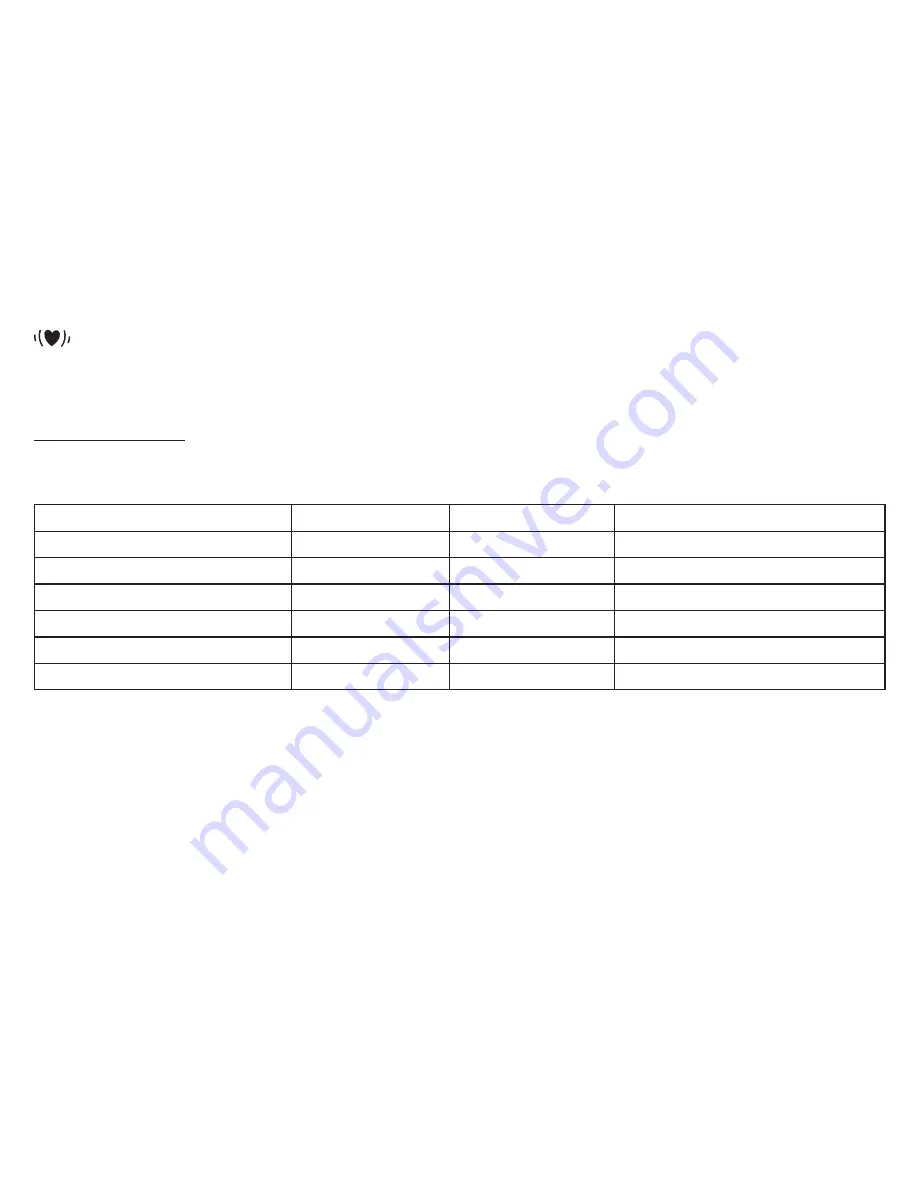
19
not talk or move during the measurement. If the icon
appears often, please contact your doctor. Any
self-diagnosis and treatment based on the test results
may be dangerous. It is vital to follow your doctor’s
instructions.
WHO classification:
In accordance with the guidelines/definitions of the
World Health Organization and the latest findings, the
measurements can be classified and assessed accord-
ing to the following table.
However, these standard values serve only as a general
guideline, as the individual blood pressure varies in dif-
ferent people and different age groups etc.
It is important to consult your doctor regularly for advice.
Your doctor will tell you your individual values for normal
blood pressure as well as the value above which your
blood pressure is classified as dangerous.
According to WHO Guidelines/Definitions and the latest
findings, the test results can be classified and evaluated
according to the following chart.
The bar graph in the display and the scale on the unit
indicate the range of the blood pressure which has been
recorded. An accoustic evaluation of your measurement
also follows.
If the values for systolic and diastolic pressure are in
two different WHO ranges (e.g. systolic in the high-nor-
mal range and diastolic pressure in the normal range)
the graphic WHO classification on the unit indicates the
higher range (high-normal in the example described).
Range of blood pressure values Systolic (in mmHg) Diastolic (in mmHg) Measure
Grade 3: Severe hypertension
≥180
≥110
Seek medical advice
Grade 2: Moderate hypertension
160 -179
100 -109
Seek medical advice
Grade 1: Mild hypertension
140 -159
90 - 99
Have it checked regularly by doctor
High-normal
130 -139
85 - 89
Have it checked regularly by doctor
Normal
120 -129
80 - 84
Check it yourself
Optimal
<120
<80
Check it yourself
Source: WHO, 1999





























